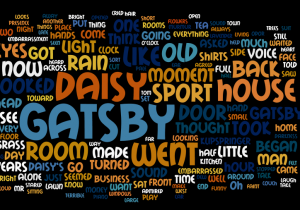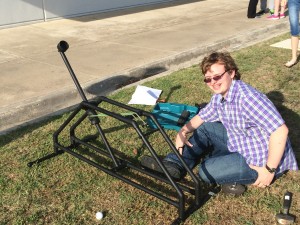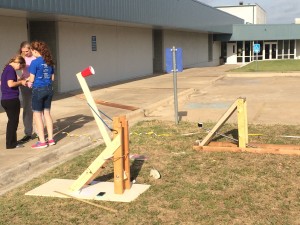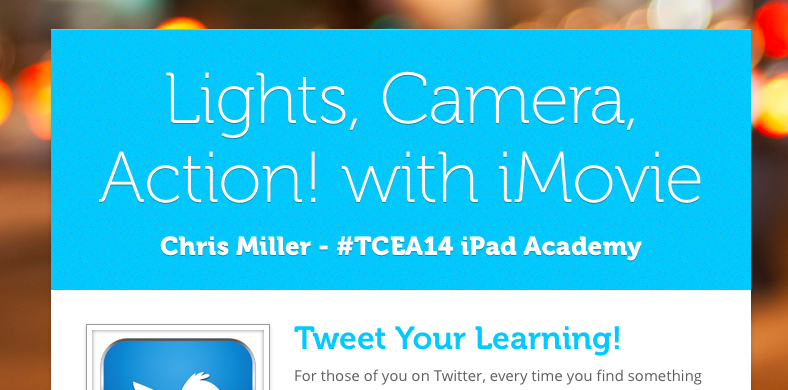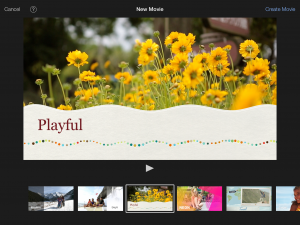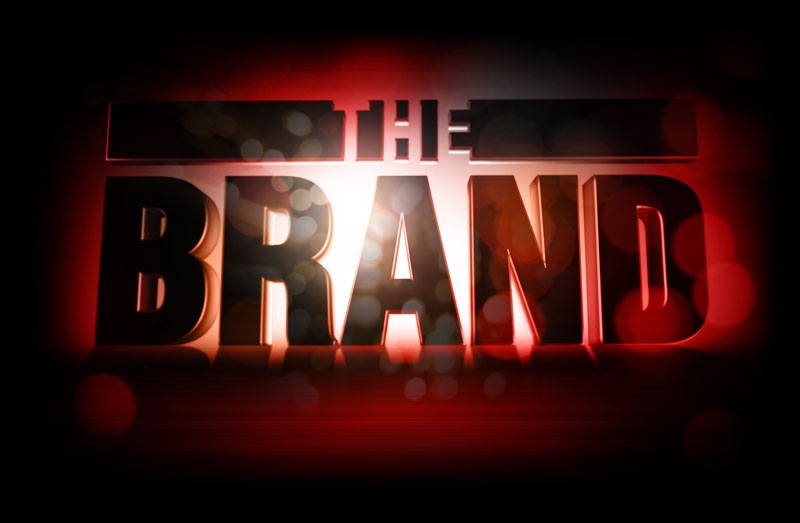I’m taking my ILD course to earn a mid management (principal) certification in Texas. As part of one of the assignments, I had to reflect on parts of the Texas Education Code. The section below contains my reflections.
Reflections on the Texas Education Code
Campus Planning and Decision-Making TEC 11.253, 11.254
The mandate that each school creates and uses a site-based decision-making committee supports student achievement by democratizing, at least to some extent, the critical decisions a campus makes to promote student achievement, involving representative stakeholders from among teachers, parents, administration and the community. The committee is charged with developing a campus improvement plan that outlines goals to promote student achievement and ties them to financial and personnel resources and mandates that schools measures progress toward the achievement of these goals. To the extent that a school uses this system with fidelity, the obvious benefits of having SMART goals, measurable progress, multiple sources of data, and stakeholder input will augment and focus the school’s efforts to be more successful.
Teacher Appraisal TEC 21.351, 21.352 and Administrator Appraisal TEC 21.354
The teacher and administrator appraisal system is quite simply a means by which the SBOE attempts to make sure that our students have the highest quality teachers and administrators working to promote student achievement. This area is fraught with political and ideological controversy, which is not surprising given how vague this section of the TEC outlines expectations for districts. However, Texas has a long tradition of respecting LEAs and the wording of this section may be a reflection of that philosophy.
Professional Development TEC 21.451 and Assessment of Academic Skills 39.023, 39.0231, 39.024
The professional development section of the TEC is short and sweet. It directly states that the goal of PD is to improve education in the district, thus supporting student achievement. The LEA is able to determine the focus of PD as it relates to the needs of students in their district, but the SBOE does provide suggestions including technology, classroom management or working with students with disabilities. The SBOE does state that professional development may not violate the law, including Supreme Court rulings.
Standardized testing is a highly political issue with opinions ranging from the US Dept. of Education and NCLB to local groups of parents who believe it is legal for them to have their children “opt out” of standardized testing all together. Not surprisingly, this section of the TEC is very detailed. By carefully outlining requirements for standardized testing, the SBOE supports student achievement by creating a set of criteria for the whole state to aspire toward achieving. If each LEA were allowed to develop its own criteria, as in the case of the recent survey requirements of HB 5, then all districts would be highly rated, even if the students were genuinely struggling in a district with little or no educational supports. Obviously, standardized testing can be overly used and emphasized. Finding an optimal balance that supports achievement, satisfies national and state legislators, and allows students and teachers to focus on learning the goals and objectives in the TEKS rather than “teaching to the test” is something that we have yet to find.
Curriculum/TEKS 28.001, 28.002
This section of the TAC provides the “nuts and bolts” that guides what is being taught in classrooms across the state. This section provides general subject area requirements which are then further specified into a series of goals, objectives, and performance indicators for every class taught in the state. This section outlines not only core academic subjects that must be taught, but also elective and enrichment courses designed to help students develop into well rounded adults. A series of clarifications follow which further state that districts may allow for independent study, substitue ASL as a foreign language, provide for daily physical activity, and provide Career and Technology Education, to name a few.
